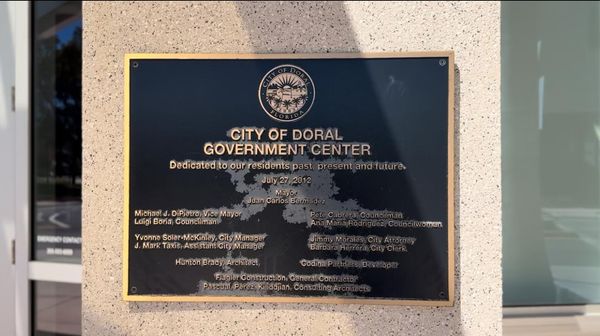
The current regulatory framework for the championship at the technical level was established in 2022 and expires in 2026.
It was a period that started with six manufacturers, before Suzuki left the championship at the end of last season.
Since this year, Ducati, Honda, Yamaha, Aprilia and KTM form the group of constructors in the MSMA, the manufacturers' association working on a new regulation that would come into force from 2027 with the new agreement, in which Dorna hopes to have, once again, six different brands.
One of the objectives of the championship promoter is to reduce the speeds that the prototypes are reaching, in order to try to control safety as much as possible in the current circuits.
To this end, the engineers involved have several courses of action. The most striking would be the reduction of the current 1000cc engine displacement to 850cc.
The measure has the approval of the Japanese manufacturers, Ducati and KTM, which initially viewed it with reservations.
While awaiting progress in the negotiation framework, Aprilia considers that there are less invasive alternatives, such as, for example, modifying the current engines without making them smaller.

Apart from Aprilia, the other competitors understand that such a relevant shake-up as the one that will be applied to the regulations in 2027 at the level of aerodynamics and fuel - which will be of 100% non-fossil origin - favours the introduction of power units with a new nature.
Another variation concerns the restriction, or even possible banning, of rear height devices.
Autosport understands that this is a point that is still under discussion, and on which there is still no consensus.
While some are in favour of eliminating them, those who have invested more in their development would prefer to keep them, albeit by simplifying them.
Although some factories propose eliminating the front device directly, there is no agreement on this issue for the time being.
The aim of this revolution is to reduce the aerodynamics (bodywork) and the volume and size of the fins, to minimise turbulence and the overheating of the tyres generated by the bikes to those riding behind.
This is a safety issue, as the current braking systems are clearly affected and, on occasions, riders have problems stopping when following other motorcycles.
The MSMA has scheduled a new meeting after the end of the season in Valencia to try to make progress on the agreements and start to finalise the definitive agreement.
The move from 1,000cc to 850cc engines will, if confirmed, be the fourth in the premier class in the history of the championship, which moved from two-stroke 500cc engines to 4-stroke 990cc engines with the introduction of the MotoGP era in 2002.
In 2007, the engines reduced their displacement to 800cc, before returning to 1000cc in 2012.
This reduction proposed by the MSMA will bring MotoGP closer to Moto2, which incorporates a 750cc Triumph engine, although the big difference between the two categories will continue to be marked by the increasingly sophisticated electronics in the premier class.







